Nurturing Successful Transitions:
Supporting Children’s Pre-school Journey
In this issue of the LINC Blog, Early Years Specialist, Edel Kinane, delves into the excitement and importance of supporting young children in their pre-school journey. Recognising the significance of this milestone, Edel highlights the need for careful planning and support during the transition from home to pre-school settings.
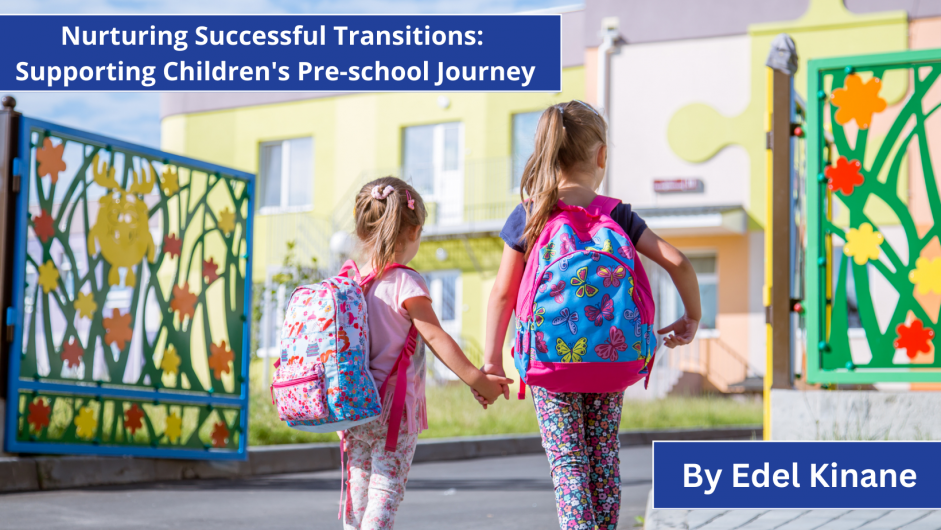
It is that time of year again, when early childhood settings are eagerly preparing for pre-school to commence. Some children may be returning to the setting having already attended the previous year. While for other children, they may be preparing for their first time away from the home environment. There is no denying it; this is a big milestone for children. It is widely accepted that the transition from home to a pre-school setting is of huge importance and needs careful planning1. For the child, transitioning into pre-school is a process that happens over time and is not a stand-alone event that happens on the first day in their new environment.
The Access and Inclusion Model- Supporting Transitions
The Access and Inclusion Model (AIM) is a child-centred model of seven levels of progressive support. The 7 levels range from Universal to Targeted and are based on the child’s strengths, interests and needs while also considering the strengths and needs of their early childhood setting2. As an Early Years Specialist (EYS) on the Access and Inclusion Model, I offer mentoring and advice to the early childhood settings as they prepare to support a child who will engage with the AIM Model to transition into their new pre-school.
Fostering a Sense of Belonging
An important aspect of successful transitions for young children is that they are support to develop a sense of belonging in the new setting1. Aistear, our Early Childhood Curriculum Framework, through the theme of Identity and Belonging note that this feeling of belonging can be fostered when secure relationships and connections are developed and links with family are acknowledged and nurtured3.
As an EYS, I work collaboratively with early childhood settings to plan for the child’s transition to pre-school and foster this sense of belonging for the child and family by working. Below are just 3 examples of strategies to assist children, families and early years educators with the transition process.
1. Aistear Síolta Practice Guide- Self-evaluation tool: Supporting Transitions.
The Self-Evaluation tool on the Aistear Síolta Practice Guide Supporting Transitions prompts educators to reflect on the transition processes that are in place within their setting. Element 1 specifically encourages reflection on the transition from the home environment to the early years setting. This self-evaluation tool supports educators to foster a sense of belonging for the child as it encourages key information to be shared between parents and the early year setting to ensure continuity of care and routine. When parents and educators work in partnership, it allows for strong attachments between educators and the child to be developed. When consistent and stable relationships are developed, it facilitates smooth transitions. Strong relationships allow for a deep understanding of the child’s world and therefore allows educators to reflect this world in the setting4.
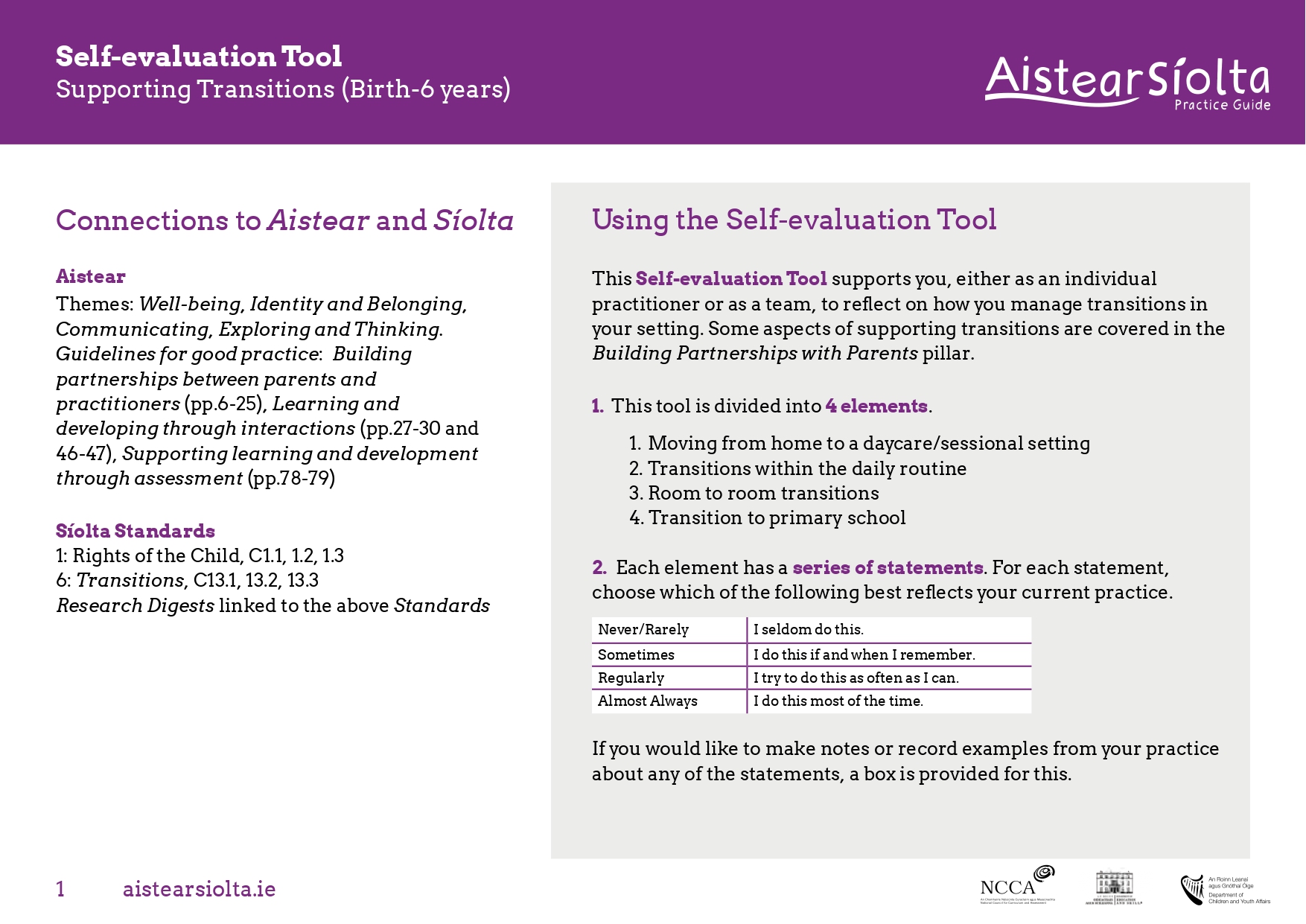
2. My Inclusion Plan
“My Inclusion Plan” (MIP) is a resource that places the child at the centre of our work. It can be used by educators to guide planning, assessing and documenting, for the child’s access and participation throughout their ECCE enrolment5. The plan is used in partnership with parents/caregivers to gather strengths-based information about the child. In doing so, educators foster a sense of belonging for the child as they can see their strengths and interests reflected in the setting. “Section 3- Transition into pre-school- Signposts for Reflection” prompts educators to reflect on the planning process, ahead of the child starting preschool. From meeting with parents to determine the child’s strengths, interests and needs, to liaising with health professionals as appropriate and creating resources, educators are signposted to support the transition. Educators are always welcome to contact their EYS should they need any advice in relation to this.
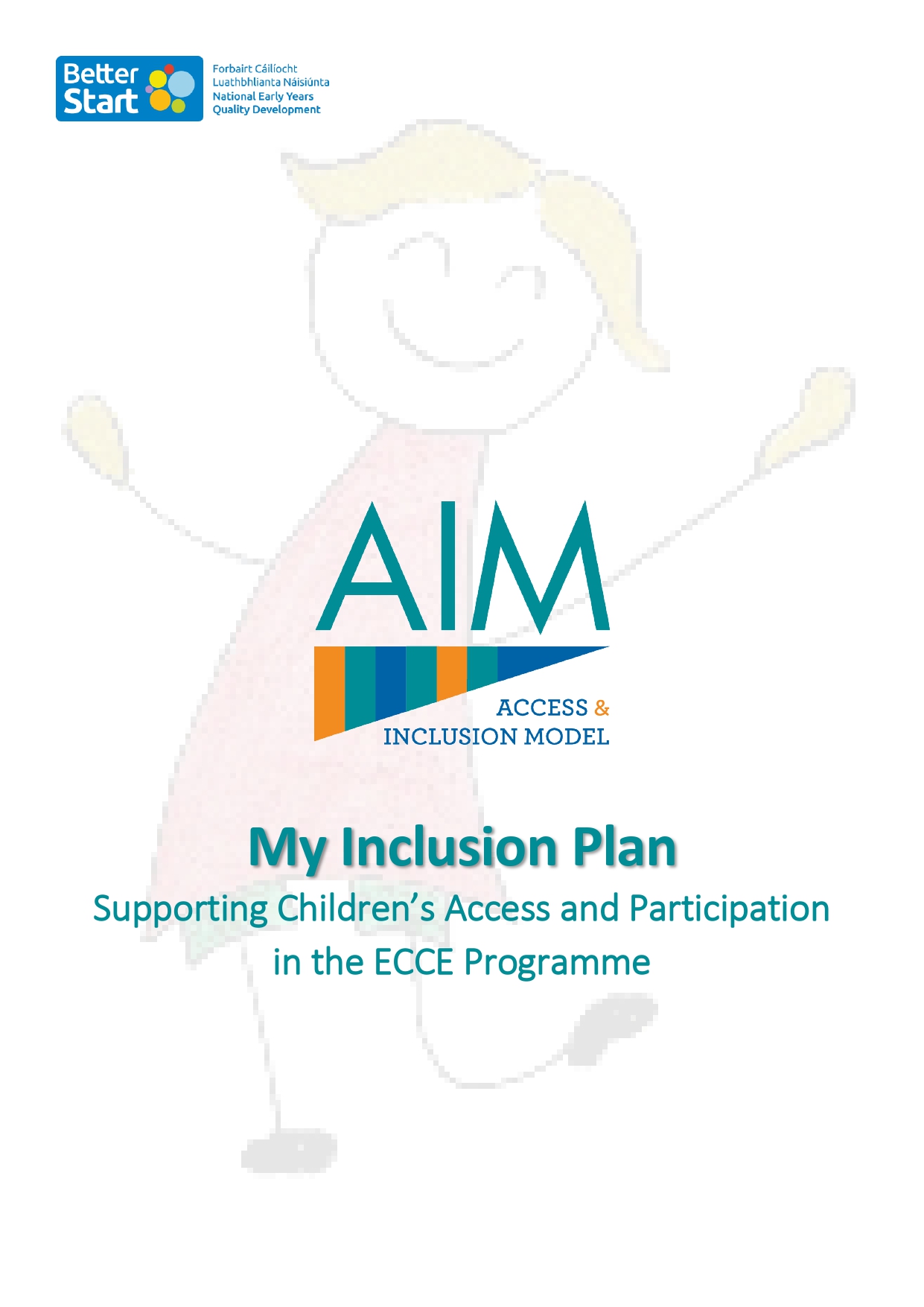
3. Social Stories
Using resources is a great way to prepare children for transitions. One such resource is a Social Story6. Social Stories are short, simple stories that break down a new situation into small steps that use pictures and text to support the child’s understanding. Social Stories can be used with a whole group or an individual child. They can be customised to meet the child’s individual age and stage of development7. Social Stories are a particularly nice resource to aid the transition as images of the new preschool, the educator and the classroom can be added to the story to help children understand the transition. Better Start have created a Tip Sheet and provided a template of a social story, to guide educators to develop their own social story.
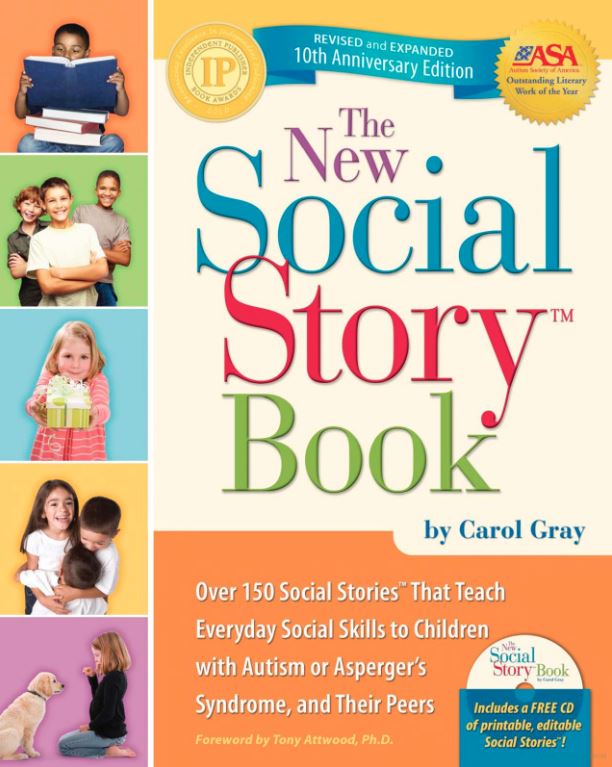
The transition to pre-school is such an exciting time for young children. The strategies noted above are just some examples of how I as an EYS can mentor educators to prepare for the milestone. More resources for nurturing and supporting children’s transition can be found on the Aistear Síolta website here – https://www.aistearsiolta.ie/en/introduction/, on the Access and Inclusion Model website here – https://aim.gov.ie/ and on the Better Start website here – https://www.betterstart.ie/
References
1O’Kane, M. (2016) Transition from Preschool to Primary School. Dublin: National Council for Curriculum and Assessment.
2Government of Ireland (GoI) (2021) The Access and Inclusion Model, available: https://aim.gov.ie/ [accessed 17/08/2022].
3National Council for Curriculum and Assessment (NCCA) (2009) Aistear: The Early Childhood Curriculum Framework. Dublin: The Stationery Office.
4National Council for Curriculum and Assessment (NCCA) (2015) Aistear Síolta Practice Guide-Self Evaluation Tool- Supporting Transitions [online] available: self-evaluation-tool-transitions.pdf (aistearsiolta.ie) [accessed 28/08/2022].
5Better Start (2021) AIM My Inclusion Plan. Supporting Children’s Access and Participation in the ECCE Programme. [online] available: Access and Inclusion Plan (betterstart.ie) [accessed 28/08/2022].
6Carol, G. (2010) The New Social Story Book- Revised & Expanded 10th Anniversary Edition. United States: Future Horizons.
7Better Start (2021) Access and Inclusion Model- Social Stories: Tip sheet for Practitioners. [online] available: Social Stories™ -Tip Sheet for Practitioners (betterstart.ie) [accessed 29/08/2022].
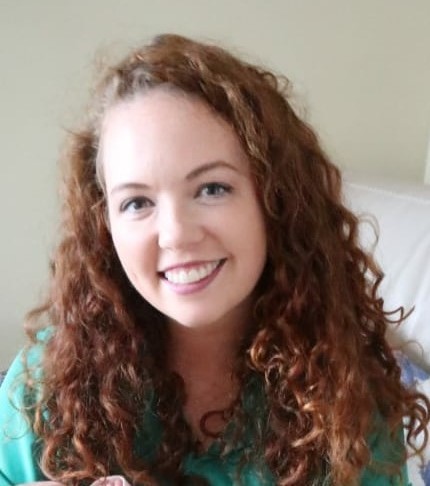
Edel Kinane
Early Year Specialist on the AIM Programme
Edel Kinane completed a Level 8 Degree in Early Childhood Care and Education in Mary Immaculate College, Limerick. Edel has worked as a Manager and an Early Years Educator in a Pre-school and After-school Setting for 10 years, caring for children from 2 years up to 12 years of age. Currently, Edel works with Better Start National Early Years Quality Development as an Early Year Specialist on the AIM Programme. Edel has recently commenced the Postgraduate Certificate in Autism Studies in Mary Immaculate College and looks forward to completing this course next year.
You may also like:
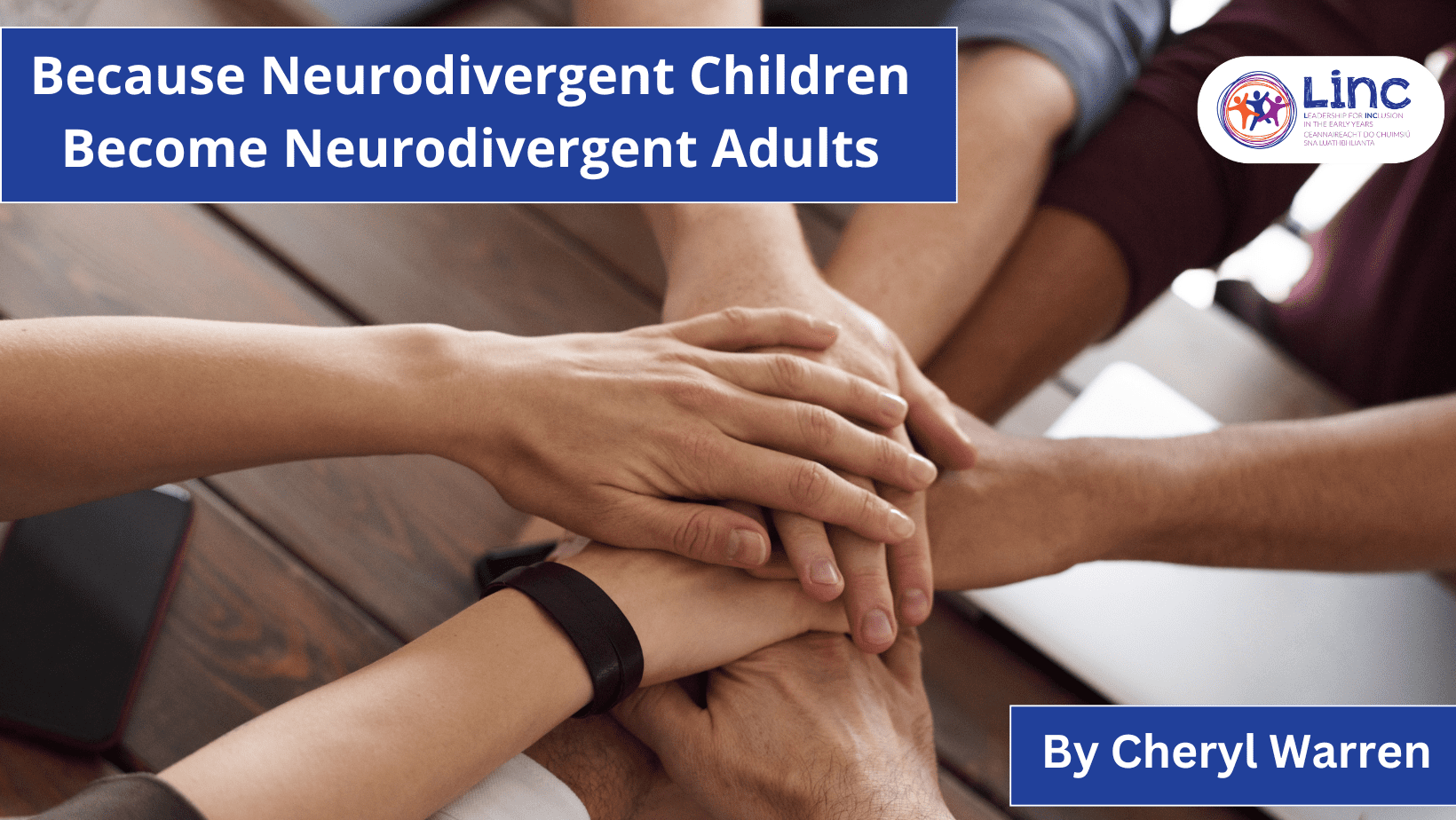
Because Neurodivergent Children Become Neurodivergent Adults
Because Neurodivergent Children Become Neurodivergent Adults In this edition of the LINC Blog, Award-Winning Specialist Training & Consultancy in Neurodiversity within Early Years, Cheryl Warren explores how we can better support neurodivergent individuals...
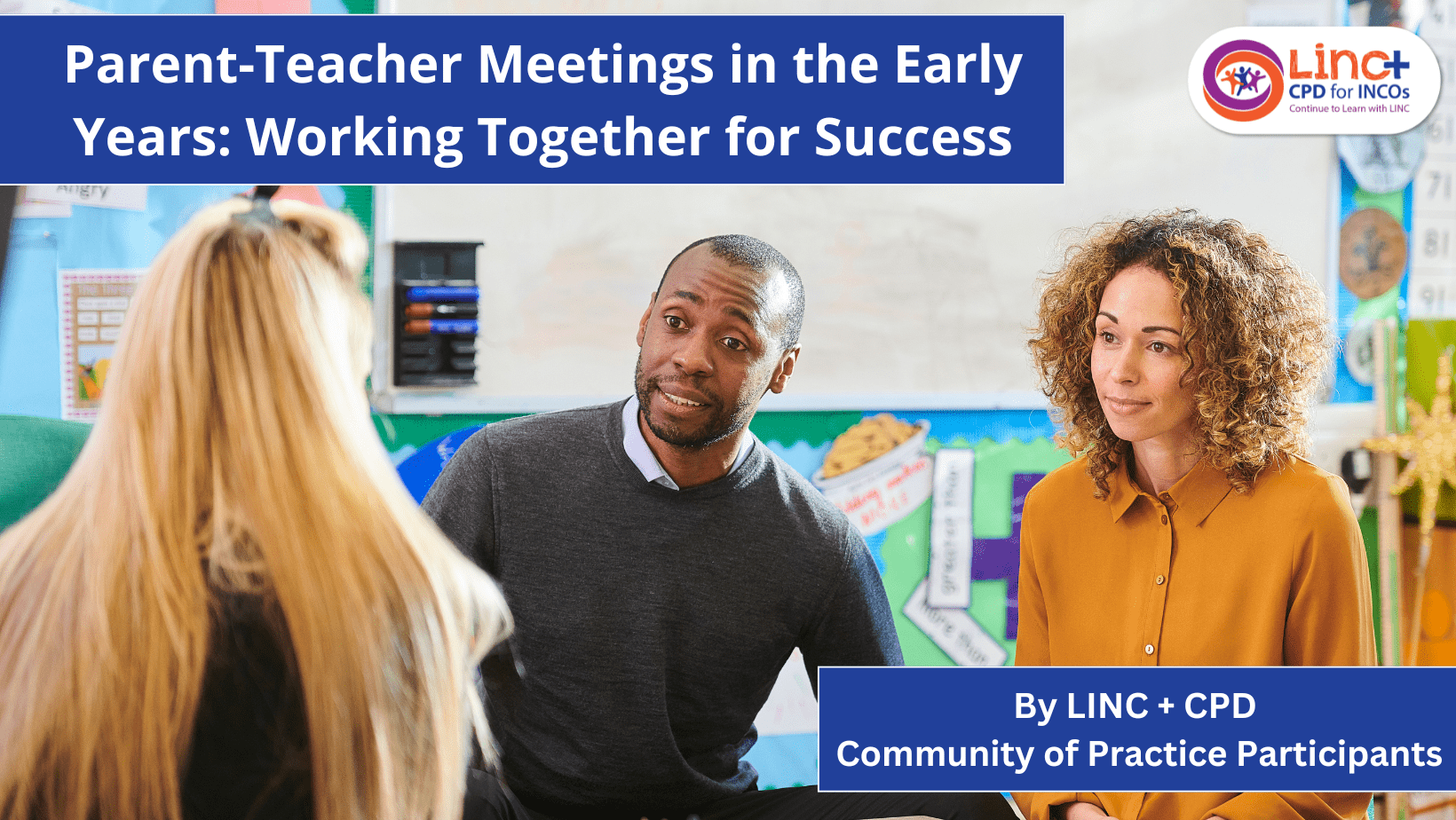
Parent-Teacher Meetings in the Early Years: Working Together for Success
Parent-Teacher Meetings in the Early Years: Working Together for Success In this edition of the LINC Blog, the LINC+ CPD Community of Practice Participants explore the importance of parent-teacher meetings in the early years and how they serve as a bridge between home...
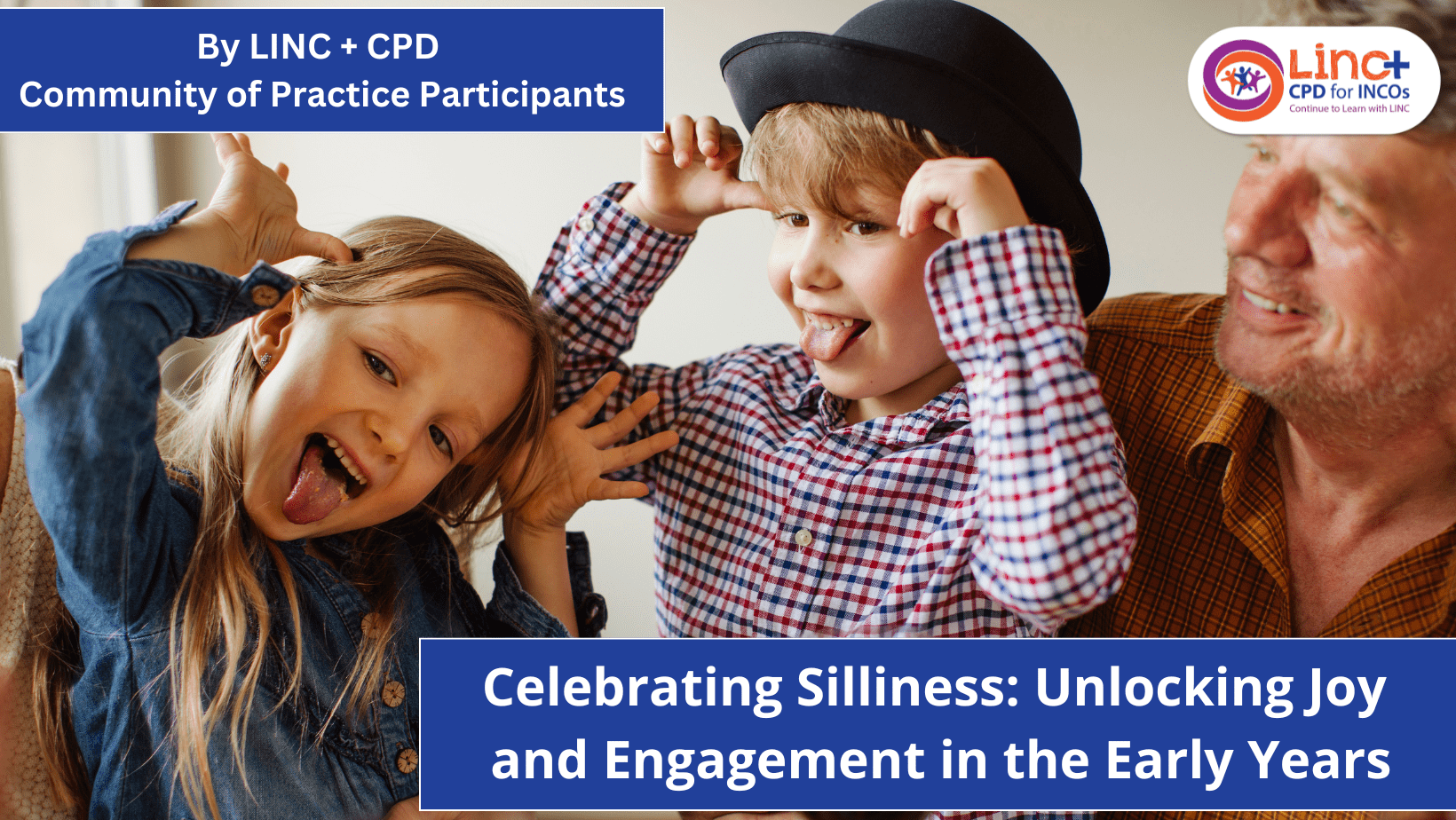
Celebrating Silliness: Unlocking Joy and Engagement in the Early Years
Celebrating Silliness: Unlocking Joy and Engagement in the Early Years In this edition of the LINC Blog, the LINC+ CPD Community of Practice Participants reflect on the power of playfulness and joy in early childhood education. From singing conversations to shaking...
